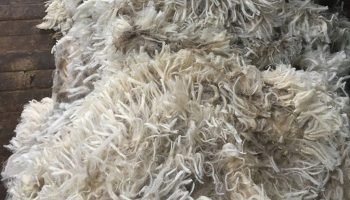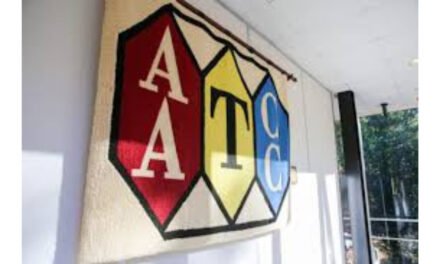 Expectations were of a wool market that would be ravaged by the turmoil caused in China due to the growing coronavirus outbreak. But surprisingly, almost all wool types and descriptions appreciated in value at the Australian wool auctions this week, thanks to strong European interest and a tenacious purchasing appetite from a large Chinese top maker.
Expectations were of a wool market that would be ravaged by the turmoil caused in China due to the growing coronavirus outbreak. But surprisingly, almost all wool types and descriptions appreciated in value at the Australian wool auctions this week, thanks to strong European interest and a tenacious purchasing appetite from a large Chinese top maker.
“The radical change to a more confident sentiment that became apparent at the end of last week’s selling continued into this week from the opening hour of selling onward throughout selling. In what should be a good indicator of the markets potential to stabilise and perhaps further improve, is that the two major influences on pricing this week were first stage processors. As these two entities accumulated quantity, it wasn’t long before the local trading houses took the affirmative lead that those two influential operators provided and upped their own buying rates accordingly,” the Australian Wool Innovation (AWI) Limited said in its report for sale week 32 of the current wool marketing season.
The Australian Wool Exchange (AWEX) Eastern Market Indicator (EMI) gained 29ac or 1.9 per cent during the week ending February 7, to close at 1577ac clean/kg. This completely eliminated the losses of last week. The EMI in US dollars (USD) was similarly dearer and pushed 2.1 per cent or 23usc higher to close the week at 1066usc clean/kg.
The market was given some stimulus by the USD v AUD foreign exchange (forex) rate trading under the 0.67 level earlier in the week. The AUD is normally included in an Asian Region currency bundle and it was this basket that came under pressure against major currencies. It was mainly foreign investors that pulled their money out of those AUD investments upon fears that the China coronavirus will stifle growth and therefore potentially dampen investment returns. The Reserve Bank of Australia’s (RBA) decision to maintain interest rates helped push that rate back into the 0.67’s as the week progressed, the AWI report said.
Merino fleece and skirting types finer than 18.5 micron gained a general 50 to 70ac for the week, but the sale lots with the better specifications gained upwards of 100ac or more. Conversely the lowest specs remained unchanged at best. The 18.5 micron and broader wools were a general 25 to 40ac dearer but once again made up by the better specifications being 65ac dearer and the lower edge just firm. In all cases it was the European top maker that attacked the better wools and forced others into setting higher limits. Crossbreds and cardings traded consistently stronger throughout and managed to be 10 to 20ac dearer by the week’s end.
Consistent to the season long approach, grower resistance to price acceptance was still evident with over 10 per cent of the original offering withdrawn from sale prior to auction and a subsequent 15 per cent being passed in after failing to meet the vendor’s reserves. Around 43,000 bales are scheduled for auction next week.






















